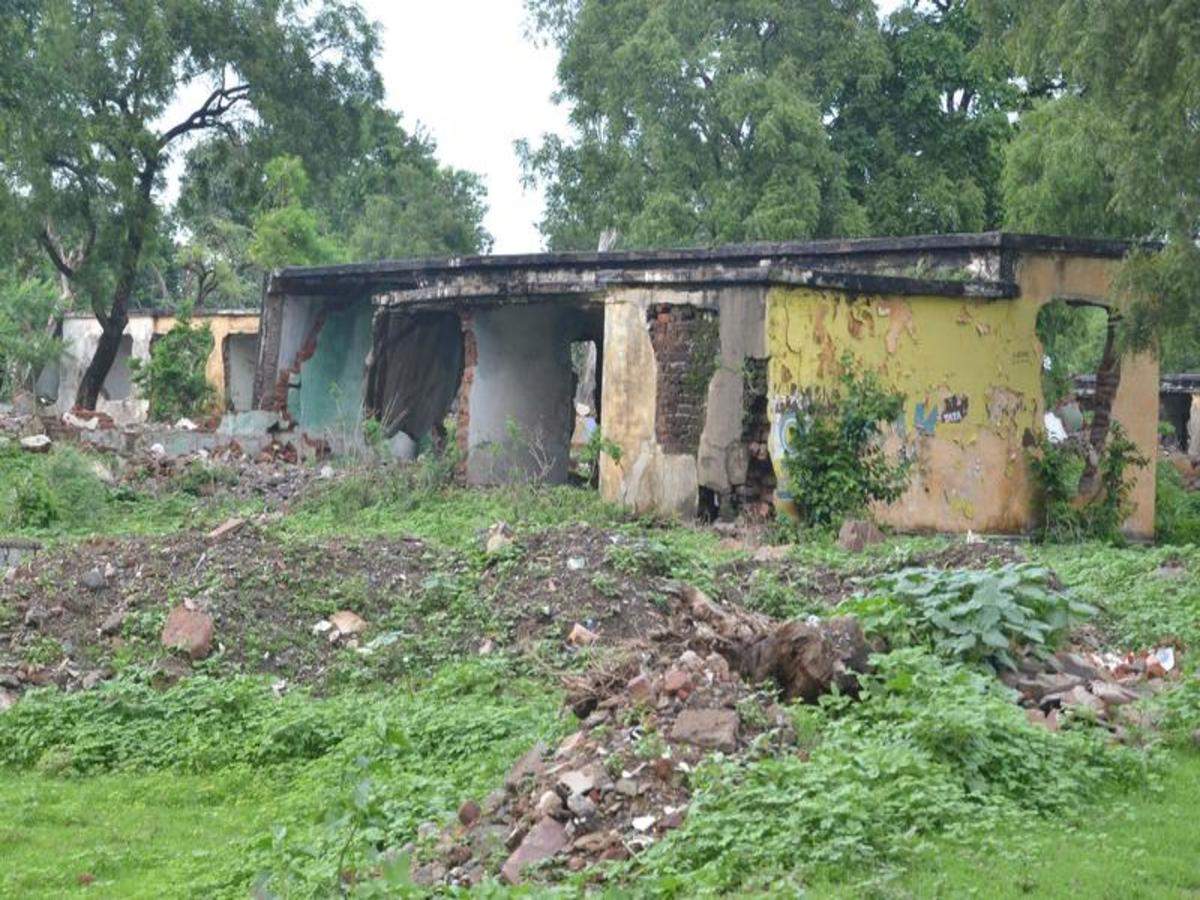
Post Covid, the economy is still limping back to the normal and normal is the level at which it was in 2019-20.
It is good to remember that recovery from a continuing shock, like the pandemic, is quite different from growing GDP in real terms.
Slow Recovery ; Continuous Shocks
The best way to evaluate the health of economy as a layman is to look at our Friends/relatives who recovered from corona after having spent a week in ICU, and examining as to How did they recover?
They initially had a foggy mind and often forgot things, weakness lingered on for months, sugar level went up and might have had depression for few weeks and quite possible they might have developed some permanent damage also.
Not only Indian economy but many other economies are also going through the same phase.
However, we also need to understand that If the friend was not healthy when he was infected the recovery is not likely to be early.
Indian economy as a whole which was still in the process of recovering from the shocks of GST and Demonetization had to face corona and therefore the jolt would be very severe and it cannot be evaluated in terms of GDP.
The GST and demonetization had a severe impact on the unorganized sector which contributes 90% to the total employment of our economy.
The RBI predicts growth to be 7.8 percent this year which, if achieved, would set the stage for India to enter the “rehabilitation” phase of economic reconstruction, albeit with large dozes of social protection.
Key factor will be controlling consumer inflation, which was already coasting along at high level of 6 percent but then suddenly came the Russian-Ukraine war which has hiked the oil prices.
Entering A Difficult Phase
So, now we are entering a Phase where the strength of our character and also the strength of the economy will be tested i.e we need to utilize our capacity to enhance productive investment, our ability to draw out better output from existing investments and our ability to invest in or buy research and development advances to lift the Indian economy to the next level.
But are we on the Right Path ?.
It appears No. The recent CAG report indicates that our States are not in a good health and they are unable to make optimum utilization of funds.
How Are Indian States Faring
The CAG report says that ;
Borrowings by States have almost doubled between fiscal years 2013 and 2018, with the trend picking up after 2008.
Here we are taking as a sample of only three states, as reported by CAG to indicate as to how the funds are not utilized properly for the purpose they have been allotted.
Gujarat
One. CAG report has warned the state government about falling into a “debt trap” .
Two. It has Pointed out that the government would have to pay 61% of the total debt in next 7 years, which may put strain on its resources.
Three. The government had understated the revenue deficit by Rs 10,997 crore.
Four. Under the Pradhan Mantri Gram Sadak Yojana, the state in 2020-21 revised its targeted road-length by one-third and ended the year with 54% of the released funds unspent.
Five. The state PSUs in Gujarat have accumulated losses of Rs 30,400 crore, and the government continues to invest in them, like the Gujarat State Road Transport Corporation and the Gujarat State Petroleum Corporation, despite their net worth having eroded completely.
Bihar
One. Three of five sampled district hospitals were short of 52-92% beds and none of them had an operation theatre, while the ICU facility was available in only one of them. Four hospitals in encephalitis-prone areas had no testing facility for Japanese Encephalitis.
Two. Under the Namami Gange programme, there was inadequate planning for sewage treatment in Patna as the sanctioned capacity of the sewage treatment plants (STP) was able to treat only half of sewage.
Odisha.
One. It finds that incomplete irrigation projects since 1980s have seen a cost escalation ranging from 182% to 4,596%. Of the seven projects audited, three have been completed so far. The total initial cost was estimated at Rs 955.73 crore. However, the revised estimate stands at Rs 19,103.63 crore, of which Rs 12,742.11 crore has been spent so far. Even though the amount spent is 66.69% of the total revised cost, the area covered is only 24% of the target area. So far the irrigation projects have covered 1,22,418 hectares against the proposed area coverage of 5,02,842 hectares.
Now lets have a look at their Fiscal deficit and the Debt situation of the states. The RBI data shows following ;

So we find that almost all the states finding themselves in a tight position economically and therefore RBI is not wrong in stating that ; Indian states have increased debts to fund widening deficits. They now have to borrow more to meet repayment commitments.
In 2017, government wooed the states towards the implementation of GST by assuring that the revenue loss would be compensated if the tax revenue collection fell short. Coronavirus pandemic led recession has shaken the cart.
States which are totally under the fiscal distress, have no option other than to borrow. But if the states are already under high debt and they go for more borrowing the situation may worsen.
However, if they do not spend how would they solve the employment problem.
Employment
According to CMIE, there were Five states where the unemployment figure is in double digits.
Although the Centre for Monitoring Indian Economy’s monthly time series data revealed that the overall unemployment rate in India was 8.10 per cent in February 2022, and it has fallen to 7.6 per cent in March. But even 7.6 percent is pretty high for a poor country like India.
Secondly, the data does not reveal the complete picture i.e What about the Quality Jobs.
In view of this the recent CII report is a warning for the Centre as well as states to focus on Governance rather than on other petty issues. The highlights of the report are as follows ;
One. The country will have additional 183 million people of 15-64 years in working age group between 2020-50. This is a whopping 22% increase in work force.
Two. In 2019-20 barely 73 million Indians received any form of vocational training.
Three. Lets look at the percentage of skilled workforce in Global context ;

The above is an indicator of India’s ; work force market imbalances, skill mismatch , the condition of education system in the country.
Hence, if India does not create enough jobs and its workers are not adequately prepared for those jobs its demographic dividend may turn into a liability and the small window of opportunity may be lost forever.
When we see the above factors in TOTALITY ; Fiscal deficits, Debt positions, Unemployment issues we find India is at cross roads.










